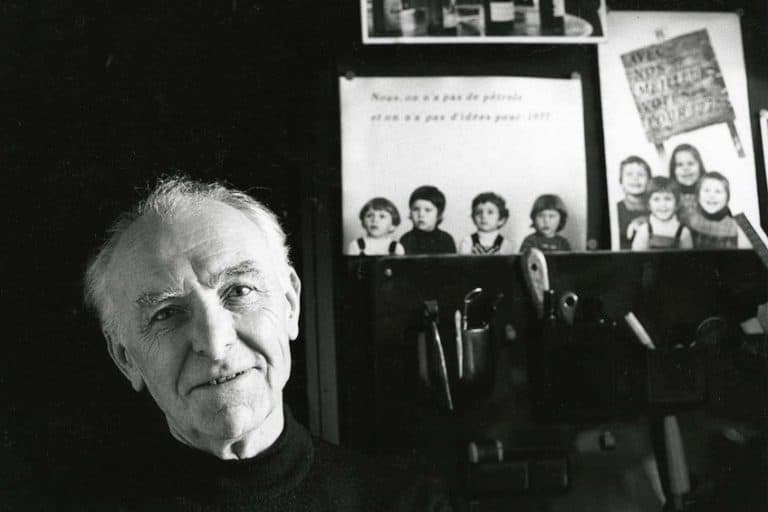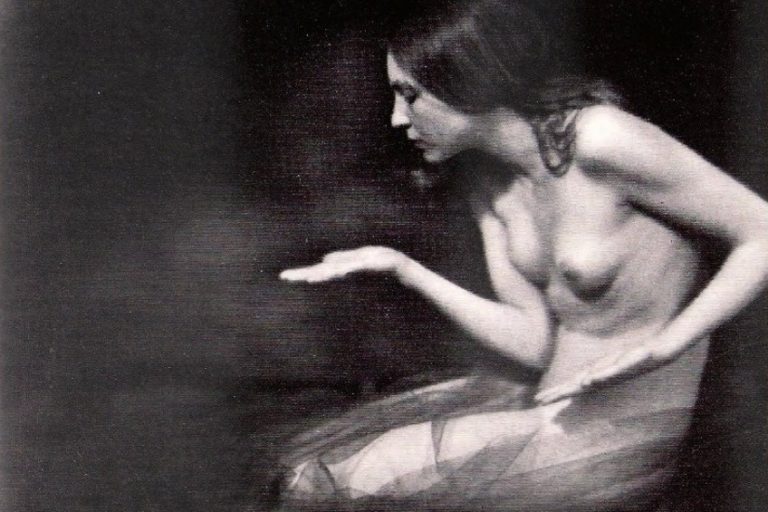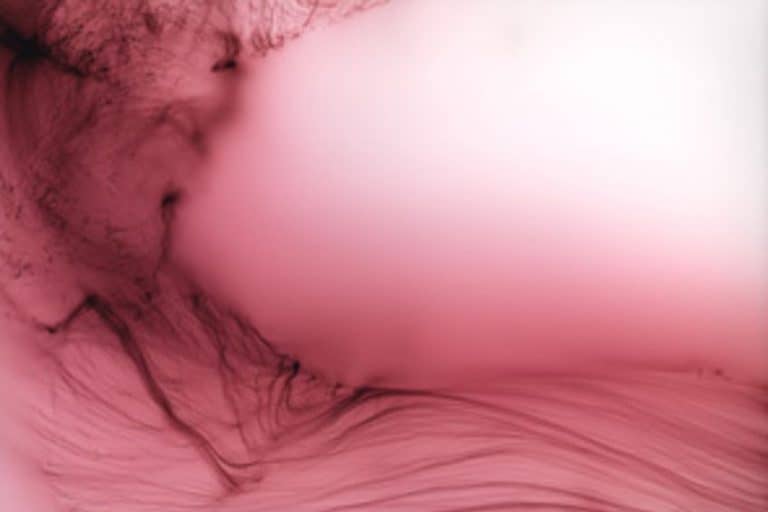Philip-Lorca diCorcia – Exploring the Human Condition
Philip-Lorca diCorcia is a highly influential contemporary photographer known for his meticulously staged and evocative images that blur the line between reality and fiction. With a keen eye for composition and lighting, diCorcia creates captivating visual narratives that often explore themes of identity, isolation, and the human condition. His work is characterized by a cinematic quality, drawing viewers into carefully constructed scenes that feel both familiar and surreal. Through his innovative approach to photography, diCorcia has become a significant figure in the art world, pushing the boundaries of the medium and challenging viewers to reconsider their perceptions of the world around them.
Key Takeaways
- Philip-Lorca diCorcia is recognized for blending documentary and staged elements in photography.
- His educational background contributed to his unique aesthetic and narrative style.
- diCorcia’s influence is acknowledged through awards and his role as an educator.
Early Life and Education
| Birth | 1953 |
| Death | Present |
| Place of Birth | Hartford, Connecticut, United States |
| Genre of Work | Photography, portrait photography, and documentary photography |
Philip-Lorca diCorcia is an American photographer renowned for his pioneering approach that straddles the line between documentary and theatrically staged photography. Born in Hartford, Connecticut, diCorcia studied at the School of the Museum of Fine Arts at Tufts before emerging as a key figure in the photography world. His educational background and early experiences laid the foundation for a style characterized by its intentional composition and dramatic use of lighting, a technique that would influence a new wave of photographic artistry.

Throughout his expansive career, diCorcia has crafted a body of work that is compelling in its narrative intensity and its subtle blur of reality and fiction. While he is acknowledged for portraying everyday scenes with a cinematic flair that hints at deeper, often untold stories, his work has also been recognized by prestigious institutions, garnering accolades and cementing his status in the art community. In addition to his creative endeavors, diCorcia shares his insight and knowledge with aspiring photographers through his role as a university educator.
Formative Years
Philip-Lorca diCorcia was born in 1953 in Hartford, Connecticut. He grew up in a creative household where his father, Philip Joseph diCorcia, was a prominent architect.
The influence of his father’s profession and the cultural heritage of his Italian immigrant family played a significant role in his early exposure to the arts.
Academic Pursuits
diCorcia’s academic journey began at the School of the Museum of Fine Arts, Boston, where he honed his skills and developed his unique style. He earned a diploma in 1975 and pursued a more specialized education in photography with a fifth-year certificate from the same institution. Furthering his education, diCorcia attended Yale University, a prestigious Ivy League school where he would eventually return to teach and mentor a new generation of photographers.

Current Career
Today, Philip-Lorca diCorcia resides in New York and maintains a connection with the academic world through his teaching role at Yale University in New Haven. He has significantly impacted contemporary photography, marrying documentary and conceptual elements in his unique vision.
diCorcia continues to inspire students and professionals alike with his dedication to the medium and his insightful approach to image-making.
Photographic Career
Philip-Lorca diCorcia is recognized for his meticulously planned and executed photographs that straddle the line between documentary and theatrically staged photography. He has consistently explored the relationship between truth and fiction in his images.

Style and Technique
Philip-Lorca diCorcia’s style merges the spontaneous look of street photography with the controlled aspects of fine art. His work is characterized by a meticulously planned approach, often involving complex lighting arrangements akin to those used in cinema.
This theatrical quality in his photographs is balanced with a sense of reality, producing images that are both deliberate and unexpected.
Notable Series and Works
One of diCorcia’s notable works is the series titled Hustlers, which was taken between 1990 and 1992 in Los Angeles. This series features portraits of male prostitutes in carefully staged tableaux, each image created with consideration to lighting and composition, challenging the boundaries between portraiture and documentary photography.
- Exhibitions and recognition: DiCorcia’s work has been widely exhibited, including at the Museum of Modern Art and with representation by David Zwirner. His images often raise questions about the role of the photographer in creating portrayals of reality.
- Techniques: DiCorcia employed a large-format camera and sometimes used Polaroid tests to fine-tune his scenes, ensuring that the final photographs reflect his vision. The outcomes are images that viewers can perceive as both documentary and theatrical expressions of human life.
Major Themes and Influence
Philip-Lorca diCorcia’s work is marked by a compelling interplay between fiction and reality, often blurring the lines between the two. His photographs create narratives that challenge viewers’ perceptions, deftly weaving together elements of drama and humor with meticulous scene construction.
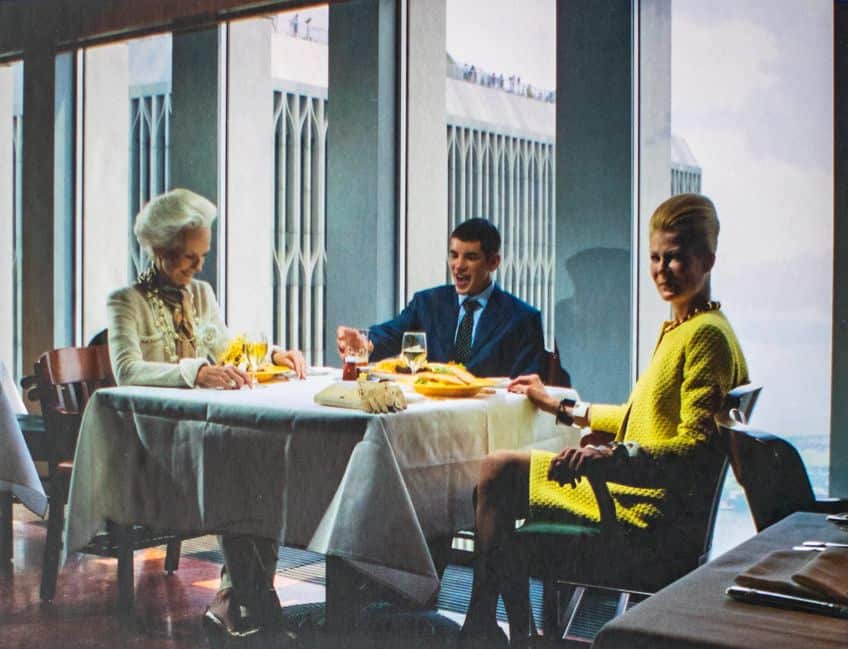
Exploration of Reality
In his pursuit to explore what constitutes reality, diCorcia captures real people in posed situations that resonate with genuine emotion and life’s unpredictability. His imagery often inhabits the space between fact and fiction, crafting scenes that, while carefully arranged, reflect elements of truth and authenticity.
This approach generates a unique tension, where viewers are left to discern the casual from the fated within the scope of everyday moments.
- Fact vs. fiction: diCorcia’s images question the boundary between what is real and what is orchestrated.
- Real people and emotion: His work uniquely portrays individuals in scenes that evoke natural emotions despite being constructed.
Intersection of Life and Art
Philip-Lorca diCorcia’s photography intersects life and art by transforming spontaneous scenarios into carefully designed scenes. These staged events challenge the stereotypical notion of what an image should be, merging truth with theatricality. There is often a sense of drama and humor in diCorcia’s work, as he imposes a narrative quality on the subjects of his photographs—real people who are set into a predestined act, thus examining the casual way life unfolds versus the fated paths we seem to follow.
- Scene composition: His scenes are purposefully arranged, yet evoke a sense of spontaneity found in real life.
- Drama and humor: The blend of these elements reflects the complexity of human existence and the duality of our experiences.
Professional Acknowledgment
Philip-Lorca diCorcia is recognized for his carefully constructed photographs that blend reality with narrative staging. His work has received significant recognition, exhibited in prestigious galleries and earned him noteworthy awards and fellowships across the photography landscape.

Exhibitions and Collections
DiCorcia’s photographs have been showcased in numerous esteemed institutions. Notable exhibitions of his work include a solo exhibition at the Museum of Modern Art (MoMA) in New York City, curated by Peter Galassi. Similarly, his work has been featured at the Los Angeles County Museum of Art and is held in the collections of major international museums.
Examples of these are the Tate in London, the Centre Georges Pompidou in Paris, the Solomon R. Guggenheim Museum, the San Francisco Museum of Modern Art, and the Metropolitan Museum of Art in New York City.
Awards and Fellowships
Throughout his career, diCorcia has been the recipient of multiple accolades and fellowships which endorse his innovative approach to photography. Notably, he was granted a fellowship from the National Endowment for the Arts, which supported his work on a series in Los Angeles. Such fellowships not only endorse his creative practice but also contribute to the presentation of his work in retrospectives and dedicated exhibitions.
Influence of Philip-Lorca diCorcia Today
Philip-Lorca diCorcia’s work continues to have a considerable impact on contemporary photography and art. His approach, which often bridges the gap between documentary and staged photography, encourages photographers and artists to explore the boundaries between reality and fiction. DiCorcia’s carefully constructed scenes, integrated with real-life subjects, invite viewers to question the authenticity of images, an especially relevant inquiry in today’s digitally manipulated media landscape.
- In education: DiCorcia’s tenure at Yale University has positioned him as a mentor to new generations of photographers, instilling in them a rigorous approach to the medium.
- Legal precedent: The New York Supreme Court case in 2006, involving diCorcia, established significant precedents concerning privacy and consent, influencing the legal environment for street photographers.
- Art sales and curation: DiCorcia’s works, available through well-regarded galleries and exhibitors, set benchmarks for the commercial viability of fine art photography.
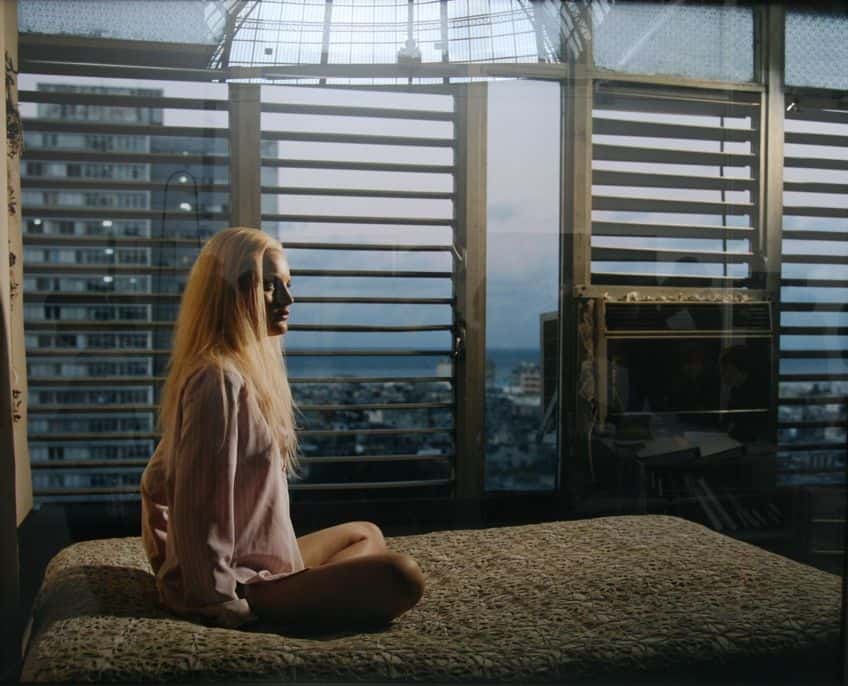
Noteworthy exhibits of his work include:
- The Museum of Modern Art (MoMA) has showcased his work, solidifying his status in the canon of contemporary art.
- Innovative projects like Hustlers continue to be referenced in discussions and critiques of portraiture and social commentary within photography.
DiCorcia’s strategic use of lighting and framing remains influential in commercial and fine art photography, where visual narratives are crafted with a combination of meticulous precision and a lyrical sense of storytelling.
Philip-Lorca diCorcia’s groundbreaking contributions to contemporary photography have left an indelible mark on the art world. His mastery of staging and storytelling, coupled with a profound understanding of light and composition, has elevated photography to new heights of artistic expression. Through his work, diCorcia challenges conventional notions of reality, inviting viewers to question the boundaries between truth and fiction. His ability to capture moments of emotional resonance within meticulously crafted scenes has cemented his reputation as a visionary artist whose influence continues to shape the trajectory of photography as an art form.
Frequently Asked Questions
How Has Philip-Lorca diCorcia Influenced Modern Photography?
Philip-Lorca diCorcia is recognized for his deliberate blending of reality with elements of fiction, which has significantly contributed to the narrative potential in contemporary photography. His approach to constructing scenarios with real-life subjects brings a cinematic quality to still images, influencing photographers interested in staged and narrative-driven works.
What Techniques Does Philip-Lorca diCorcia Use in His Work?
DiCorcia utilizes a combination of meticulous staging and the capture of spontaneous moments. His technique involves careful planning of lighting and composition, while also leaving a component of the photograph to chance. This method results in images that feel both controlled and unpredictable, speaking to a unique photographic style that is carefully orchestrated yet open to serendipity.
In What Way Has Philip-Lorca diCorcia’s Background Impacted His Photographic Style?
Philip-Lorca diCorcia’s Italian-American heritage and the influence of his father, a notable architect, have contributed to his deep appreciation for structure and form within his photographs. His formal education in fine arts has also provided him with a foundation for integrating artistic concepts with his exploration of personal and social narratives in his photography.
Isabella studied at the University of Cape Town in South Africa and graduated with a Bachelor of Arts majoring in English Literature & Language and Psychology. Throughout her undergraduate years, she took Art History as an additional subject and absolutely loved it. Building on from her art history knowledge that began in high school, art has always been a particular area of fascination for her. From learning about artworks previously unknown to her, or sharpening her existing understanding of specific works, the ability to continue learning within this interesting sphere excites her greatly.
Her focal points of interest in art history encompass profiling specific artists and art movements, as it is these areas where she is able to really dig deep into the rich narrative of the art world. Additionally, she particularly enjoys exploring the different artistic styles of the 20th century, as well as the important impact that female artists have had on the development of art history.
Learn more about Isabella Meyer and the Art in Context Team.
Cite this Article
Isabella, Meyer, “Philip-Lorca diCorcia – Exploring the Human Condition.” Art in Context. May 6, 2024. URL: https://artincontext.org/philip-lorca-dicorcia/
Meyer, I. (2024, 6 May). Philip-Lorca diCorcia – Exploring the Human Condition. Art in Context. https://artincontext.org/philip-lorca-dicorcia/
Meyer, Isabella. “Philip-Lorca diCorcia – Exploring the Human Condition.” Art in Context, May 6, 2024. https://artincontext.org/philip-lorca-dicorcia/.




